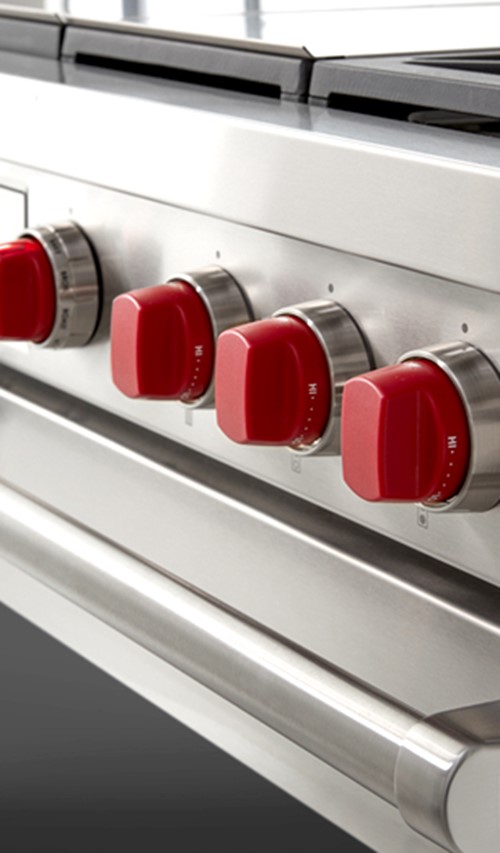
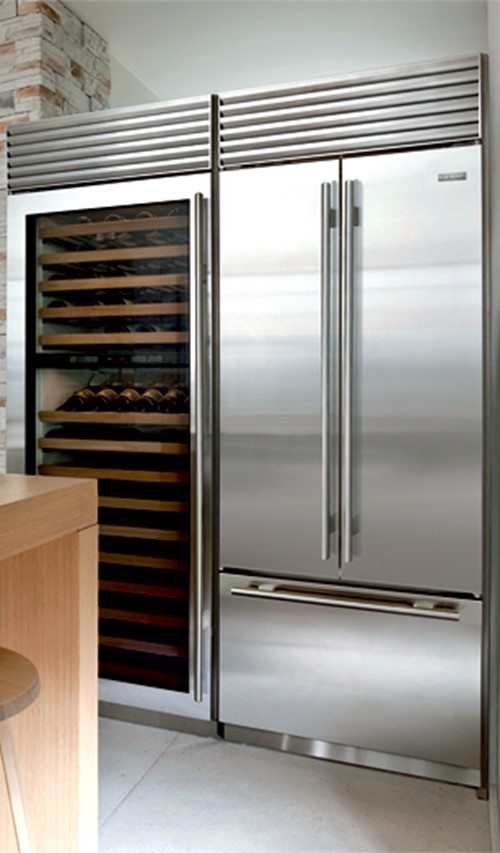
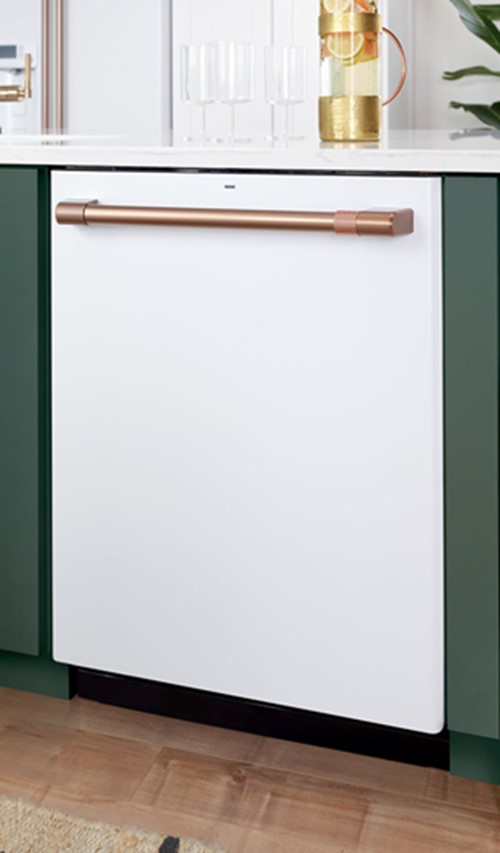
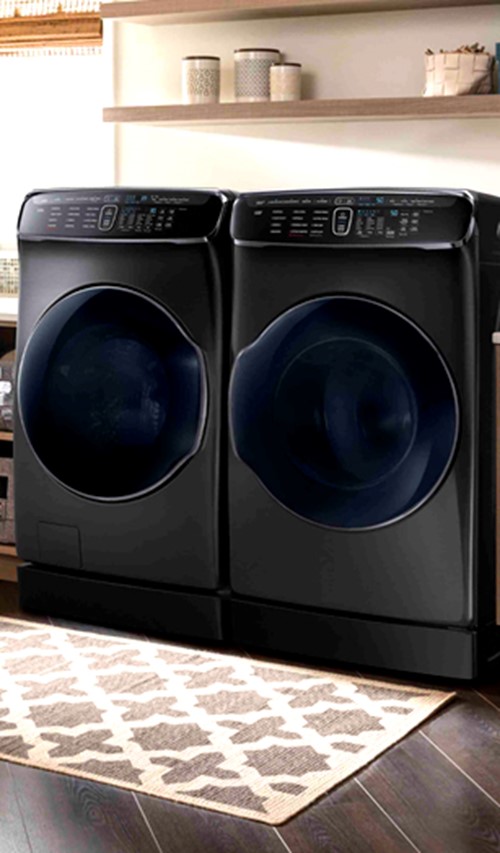

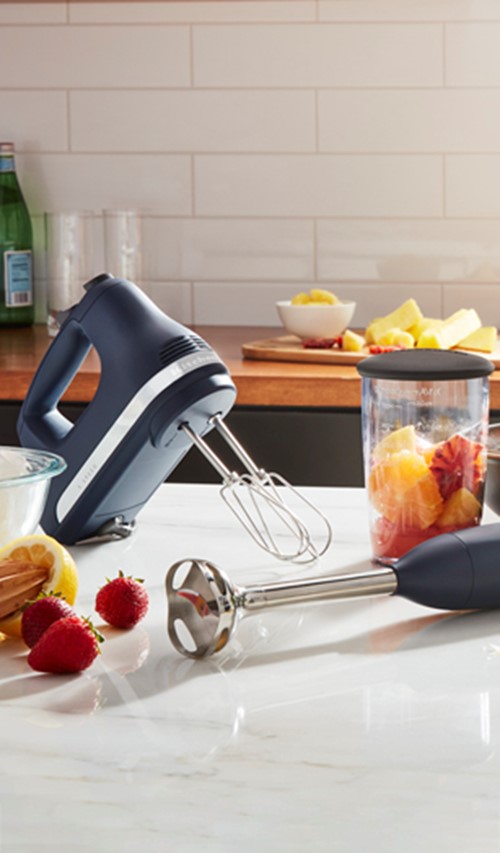

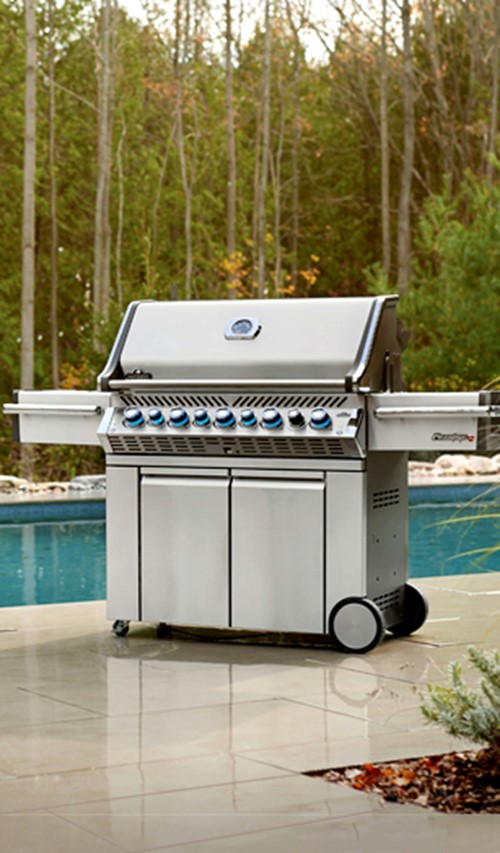

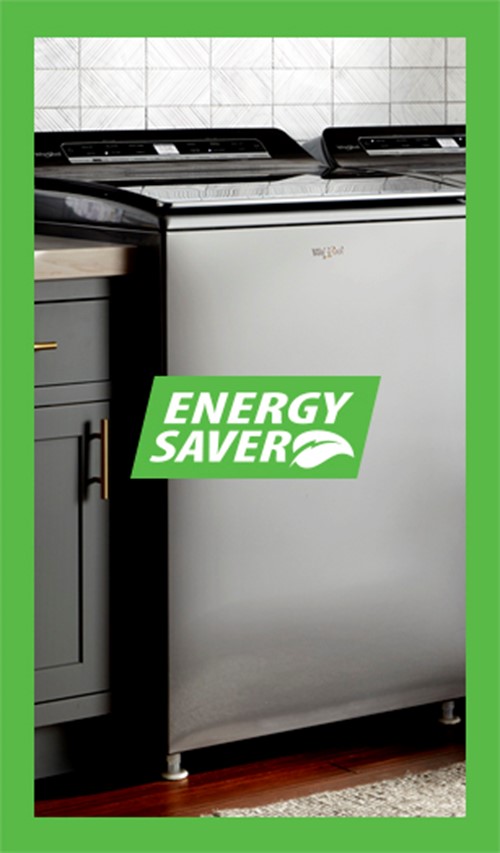

Closed Box or End of Line Products are products that have been discontinued or no longer being produced, but still new and never opened. For this reason an additional discount may apply.
Open-box products are typically floor models or returned goods that have been inspected to make sure they work. You will be able to purchase them from individual store locations. Product varies from location to location.
See our clearance selection here
We all want a dishwasher that will clean, is quiet and flexible enough inside to hold all our things. Those are the things that get talked about. But what about the cycles? What are the most useful cycles and how do we get the best results with them? Understanding them is a good start.
Most people only ever use one or two cycles in their dishwasher but every cycle really does differ in time, temperature and sometimes water pressure to do the best job AND to care for the contents.
My Must Haves
Normal - ALL dishwasher cycles are longer than they used to be. It’s not a model thing. It’s not a brand thing. Everyone’s “Normal” cycle is approximately 2 hours. Consumers wants Energy Star dishwashers and to be that, dishwashers use a lot less energy and water than they did once upon a time. To provide a proper clean, they simply need more soak time.
Quick - A faster cycle is available on many units these days too, but they differ. A faster 1 hour wash on a Kitchen Aid for example may use more water and energy than their “Normal” cycle but still dries the dishes. While other brands versions of a speed wash closer to the 30 minute marker is intended for a light load and will leave dishes in need of some towel drying.
Rinse & Hold - a short rinse when you aren’t going to run the dishwasher yet. A fan favourite for those who want a proper full load before running it. This uses LESS water and energy than rinsing your dishes in the sink – which we are not supposed to do anyway! The rule of thumb is to scrape – NOT rinse! Soap needs “soil” to break down properly which means when you rinse your dishes in the sink and they are practically clean you may actually cause harm to the dishwasher and your things in it. Do your glasses get foggy over time? Dish patterns fade? That’s usually due to etching caused by your detergent granules that didn’t dissolve.
Less Used
Sensor - Cycle time will vary depending on the load. With turbidity sensors the dishwashers notes if the water is still grungy during the wash so it may shorter or lengthen the wash time, the clarity of the water in rinse to that it may add or skip one of the rinses.
Pots/Pans - This is a hotter wash often with more water pressure, so not the best choice if a mixed load with dishes and glasses. Yes, some meals I could fill a dishwasher with pots and pans but there are always regular dishes so this is one cycle I could go without.
Glass/Crystal - For those brands that do it right, this uses less heat, water pressure and skips the rinse aid in the final rinse. It’s fantastic but again isn’t meant for a mixed load. This is very much for the “Entertainer” who may have a full load of glassware.
To get the best cleaning results we need to be honest about what is in the dishwasher – heavy duty things are not going to come out perfect in a quick wash. We may also need to switch up the detergent. For simple math, let’s say a 1 hour quicker cycle is an even 20 minutes to wash, 20 to rinse, and 20 to dry. Did you know that the most popular brand of dish tabs take an average of 12 minutes to dissolve? That would mean there would only be approximately 8 minutes in a one hour cycle of effective wash time. Miele’s own brand of dish tabs are designed to provide results in their “Quick Intense Wash” – they dissolve in less than 3 minutes which means the soap has time to do the job even in their shortest cycle. From personal experience I say these tabs are awesome and clean better than others, and I do love my Miele but there is no rule that you can’t use their dish tabs in another brand of dishwasher.